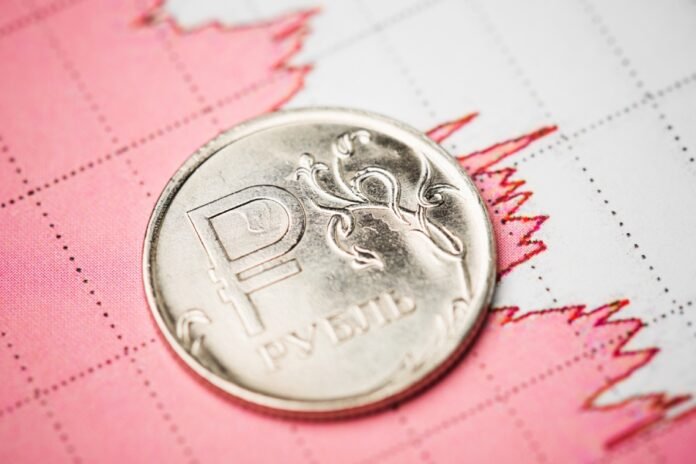In what ranges will the ruble trade and whether it is worth fearing the devaluation of the national currency, Dmitry Babin, a stock market expert at BCS Mir Investments, told Rossiyskaya Gazeta:
– It is possible that within the framework of short-term stabilization, the ruble will continue to strengthen, after which it may consolidate in a relatively narrow range for some time. In dollars, it can be in the range of 90-92 rubles or 87-90 rubles.
For a more serious and prolonged rise in the price of the ruble, especially to break the constant downward trend of its exchange rate, there are still no good reasons. The fact is that the key factors for the weakening of the ruble are still in force. So far, there are no reliable signs of improvement in the relevant conditions.
The pressure on the ruble is exerted by the lack of foreign exchange in the domestic market to comfortably support imports, which have recovered to 2020-2021 levels. At the same time, export earnings declined due to both lower oil and gas prices and a geopolitical discount on raw materials supplied from Russia. Also, as part of efforts by oil producers to increase oil prices, Russian oil production is declining. It also reduces export earnings.
As a result, an imbalance has formed in the market between the supply and demand for currencies. The situation is aggravated by the state budget deficit, caused, among other things, by the insufficient level of oil and gas revenue.
Against this background, the authorities recently announced that the economically comfortable dollar exchange rate is now in the range of 80-90 rubles. That is, as long as the prices have not exceeded their upper limit so much as to speak of some kind of destabilization. Therefore, the reaction of the government and the Bank of Russia to this dynamic was rather restrained.
In the event of a new rapid weakening of the ruble, the Central Bank and the authorities have a sufficient set of measures to prevent excessive weakening. They have already proven themselves in the spring of last year, quickly stopping the even faster depreciation of the ruble. And soon this led to its no less sharp price increase.
Stopping the emotional outburst of quotes can occur due to the one-time sales of currency from the Central Bank’s reserves. Such interventions can immediately improve the situation with the supply of foreign currency and extinguish the irrational demand for it.
However, they are unlikely to be used permanently, as they do not remove the causes of market imbalance at a fundamental level. In addition, the Bank of Russia has repeatedly signaled its commitment to the floating ruble exchange rate.
In the longer term, the situation of insufficient foreign exchange inflow to the domestic market can be improved by resuming the compulsory sale of export earnings. This measure was lifted in early February. However, in the spring, the Ministry of Finance strongly opposed his return, along the same lines, Bank of Russia officials recently made statements along the same lines.
The key long-term risk for the ruble is a possible further deterioration in the global commodity market. It is threatened by a slowdown in the economies of the biggest consumers of raw materials, some of which have already entered formal recession. This is due to the strict monetary policy of the main central banks aimed at combating high inflation. This year it began to slow down in some countries, but the trend is still unstable and far from being observed in all.
If global inflation resumes its acceleration, it will no longer be possible to support the economy with monetary stimuli as before, since they only increase the inflationary rise. As a result, the worst economic scenario can materialize: stagflation (rising inflation combined with falling GDP).
This is capable of provoking a new financial and economic crisis, which is unlikely to be overcome as quickly as in 1998 and 2008. Naturally, in this case, commodity prices will fall seriously and remain at lower price levels for a long time.
In such conditions, a comfortable, from the point of view of the income of the Russian state budget and exporters, the exchange rate of the dollar to the ruble will be much higher than 80-90 rubles.

